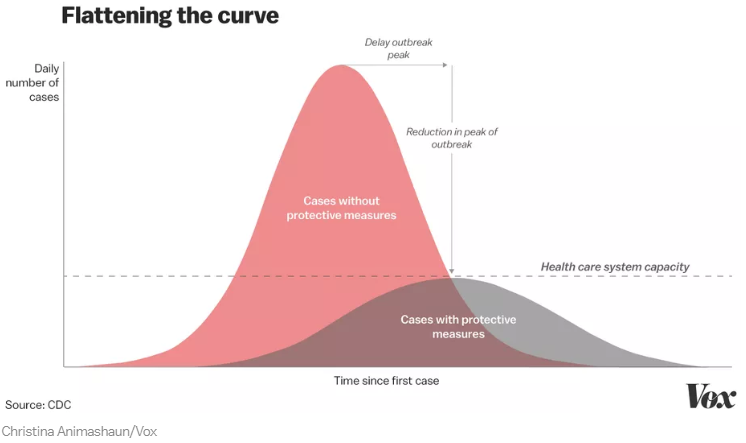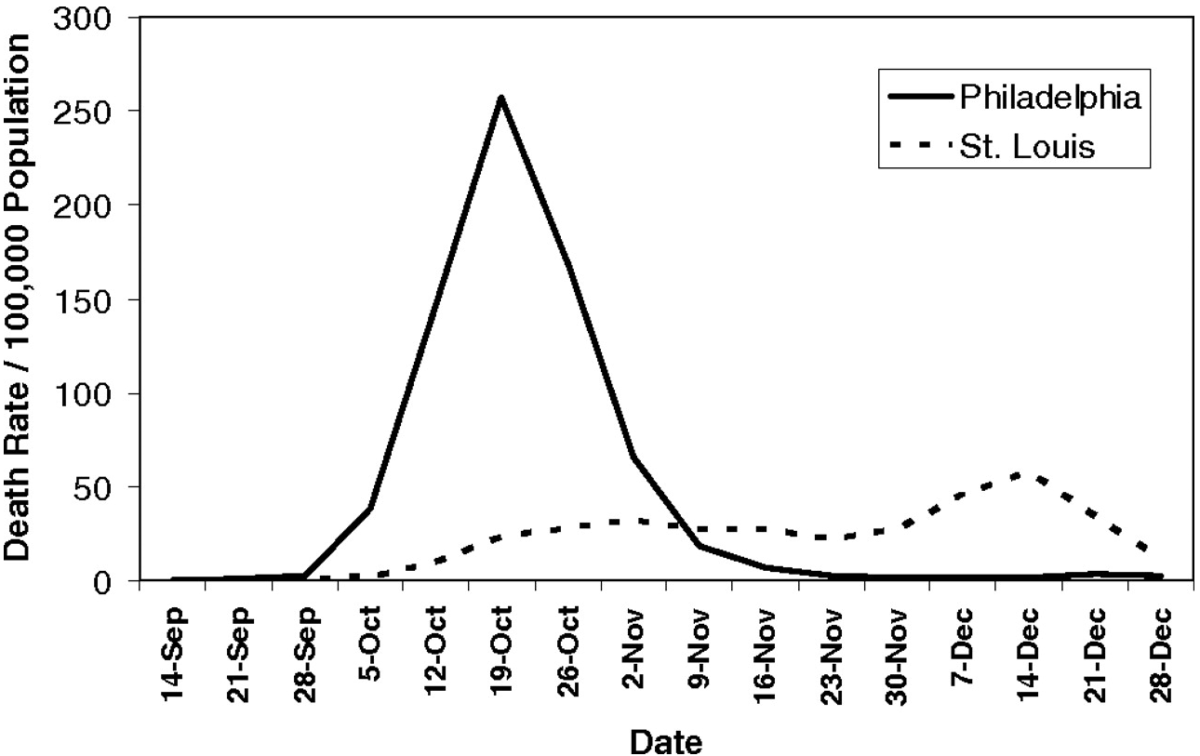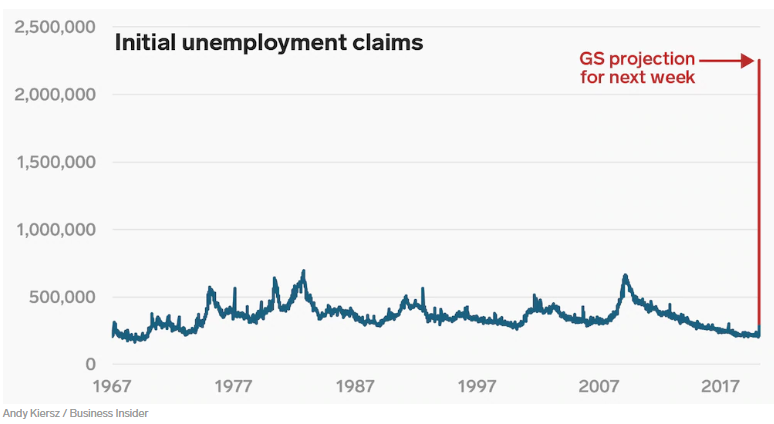Two policies and their outcomes
March 30, 2020
by Michael Wongsam
Despite the widespread denial and obfuscation, it is clear that the Johnson government at least seriously considered and planned to act on the reckless strategy of pursuing ‘herd immunity’ via the permitted infection of a large proportion of the population. This is despite siren voices even on the governments’ own advisory committee, such as Professor Neil Ferguson who led the benchmark Imperial College study into the modelling of the likely course of the pandemic. This has been adequately implied in many well respected mainstream media outlets. However, one cannot assume that such reckless approaches derive from a lack of seriousness, stupidity, or any other explanation that involves primarily the character or personality of the head of government.
The other very noteworthy example of this approach is the attitude of President Trump as illustrated by his press briefings on the crisis both initially, and even despite the announcement of a $2 trillion rescue package, his continuing pronouncements. Thus on Monday 23 March while the wrangling over the coronavirus relief bill was still continuing, he expressed the hope that the restrictions on Americans’ daily activity would be rolled back within a few weeks, while the night before he tweeted “we cannot let the cure be worse than the problem itself”. Indeed, the massive rescue package itself is nothing but a corporate bailout and contains little to combat the spread of the virus beyond a one time payment of $1200 for most Americans. At the same time as the Trump administration are signalling their intention to lift the partial lockdown of the economy, the WHO are suggesting that the USA could become the next epicentre of the pandemic.
While the character and personality of both Trump and Johnson can be impugned, the initial approach was adopted generally throughout the west. So for example, Spain, Germany, France and the US all had more cases than Italy when it first ordered a lockdown when they finally initiated a partial lockdown. Furthermore, there are an additional 16 countries – all of them rich, developed countries – that had more cases than Hubei province had when it initiated its lockdown, before they initiated partial lockdowns[1].
Therefore, unless one is willing to put this down to a generalised political dysfunction we have to explain why the strategy stands in stark contrast with the approach adopted in the East generally and in China notably. There are therefore two general approaches, and one has to understand what lies behind these.
The first fact to understand is that contrary to the persistent claims, the government has not been following the scientific advice. That is the view of the editor of the Lancet, one of the premier medical journals in the world[2,3,4]. The scientific advice is to pursue the policy pioneered in China, and which is now being adopted in the west by degrees as a result of the enormous pressure being brought given the objective reality of the situation. The real political choice is between prioritising the needs of the people or prioritising the needs of the economy.
The objection could be raised, that this is a purely rhetorical assertion and that western governments care about the wellbeing of their people at least as much as those of the East. That the west was slow to act in the face of the obvious crisis which unfolded in Hubei province, which everyone was privileged to witness months before it came to western shores. That the fabric of liberal democracy makes the adoption of the methods used in China a more difficult and drawn out process.
But there is unimpeachable evidence from history which confirms the correctness of the previous argument, including the applicability within liberal democracy. That evidence exists in the history of the Spanish flu pandemic, and is made manifest in the comparative experiences of two cities in the USA which adopted the diametrically opposed approaches outlined above.
The trade off between public health and economic stability
Firstly it is important to understand that when such crises occur it reveals in stark relief the underlying trade-off between public health and public safety on the one hand, and economic stability on the other.
This has been eloquently outlined by Richard Murphy [2]. This argument states that implementing social/physical isolation has the effect of slowing the spread of the disease, putting less strain on public health services, but severely attenuating economic activity for a much longer period – the much used ‘flattening the curve’.

Taken from[5]
Crucially, it ensures that more people have access to hospital treatment because of the slower emergence of new cases, and hence will result in fewer deaths.
A 2007 study[6] of data relating to Nonpharmaceutical interventions during the Spanish flu pandemic in 17 US cities has shown that “cities in which multiple interventions were implemented at an early phase of the epidemic had peak death rates ≈50% lower than those that did not and had less-steep epidemic curves”.

Taken from [6]
As a comparison, the figure shows the death rate over 1913–1917 baseline in Philadelphia and St. Louis, September 8–December 28, 1918.
In an effort to boost morale for the war effort and to promote the sale of war bonds Philadelphia threw a vast parade which attracted 200,000 people despite widespread warnings of the spread of the flu pandemic. This was despite the fact that over 600 sailors at the nearby Philadelphia Navy Yard had already contracted the virus. Weeks later, more than 4,500 people had died in the city from the virus. After six weeks more than 12,000 had died, and 47,000 had been infected.
Meanwhile, in St Louis after the detection of the first cases schools, churches, courtrooms, libraries, etc were closed and public gatherings banned. The number of deaths per 1,000 people was half that in Philadelphia – about 700 deaths in total – consistent with the findings of the wider study cited above.
Set against this in the case of the present pandemic, the severe attenuation of economic activity will result in a catastrophic recession. For instance, information from Goldman Sachs[7] predicts 2.25 million new unemployment claims in the USA – an eightfold increase on the previous record of 700,000 from 1982.
“The New York State Department of Labor fielded 159,000 calls before noon on Thursday, nearly 16 times its typical daily volume. California, which typically receives 2,000 applications a day, was inundated by 80,000 on Tuesday…even the most conservative assumptions suggest that initial jobless claims are likely to total over 1 million”.
In effect, the implications of a world wide lock down means a totally unprecedented collapse of the labour market combined with an unprecedented collapse of demand for all but the most essential goods and services.

Taken from [7]
This is the economic doomsday scenario. However, the economy can recover given appropriate state action – that is to say, not placing reliance upon the private sector. People however cannot if they are abandoned by the state without adequate financial security to underpin a robust physical isolation/social distancing approach. At the end of the day it all depends on whether the government prioritises the people over the economy or the economy over the people.
Notes
1. Thomas Pueyo; Coronavirus: The Hammer and the Dance; Medium; 29 March, 2020
2. Richard Murphy; There is a choice on coronavirus – we can save people or the economy but not both, and the government is choosing the economy; Tax Research UK; https://www.taxresearch.org.uk/blog.
3. Ian Sample; UK failures over Covid-19 will increase death toll, says leading doctor; The Guardian; 18 March 2020.
4. Richard Horton; Scientists have been sounding the alarm on coronavirus for months. Why did Britain fail to act; The Guardian; 18 March 2020.
5. Eliza Barclay and Dylan Scott; How canceled events and self-quarantines save lives, in one chart; Vox; 10 March 2020; https://www.vox.com/2020/3/10/21171481/coronavirus-us-cases-quarantine-cancellation.
6. Richard J. Hatchett et al; Public health interventions and epidemic intensity during the 1918 influenza pandemic; Proceedings of the National Academy of Sciences of the United States of America 2007 (18) 7582-7587;
7. Theron Mohamed; A jarring new chart shows America needs to immediately brace itself for historic unemployment; Markets Insider; 20 March, 2020; https://markets.businessinsider.com/news/stocks/us-jobless-claims-record-forecast-layoffs-unemployment-coronavirus-economy-gs-2020-3-1029016767
